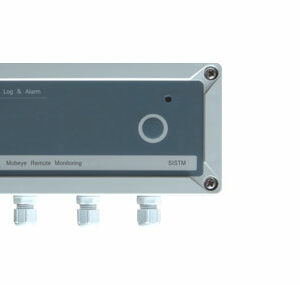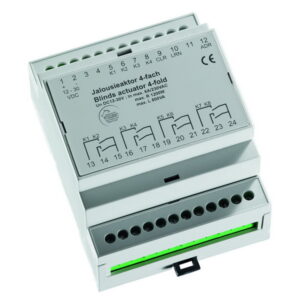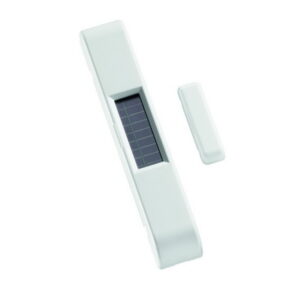Wireless sensors
One of the most notable advantages of wireless sensors is their ability to collect and communicate data in real time, enabling immediate action when needed. In healthcare, for example, wireless sensors are used to monitor vital signs in patients, allowing caregivers to respond quickly to changes in health status without having to be physically present all the time.In industry, wireless sensors and systems are used to monitor machinery and equipment, optimize processes and reduce downtime. By applying sensors at various points on a production line, problems can be detected early and preventive maintenance can be planned, increasing operational efficiency and reducing costs.
In agriculture, wireless sensors help farmers monitor crops, soil moisture, and climatic conditions. By collecting real-time data on factors such as temperature, humidity, and soil conditions, farmers can improve decision-making and optimize yields.
In the environmental field, wireless sensors and systems provide capabilities for monitoring air quality, water quality, noise levels and more. This enables policymakers and agencies to respond quickly to environmental problems and formulate policies based on accurate data.
In consumer electronics, wireless sensors have revolutionized products such as smart thermostats, security systems, and wearables. These devices use wireless communications to provide users with valuable information and functionality while increasing convenience and connectivity.
While wireless sensors and systems offer many advantages, they also present challenges, such as managing energy consumption, data security and interoperability between different systems. Nevertheless, demand for these technologies continues to grow as they evolve and offer new opportunities for innovation and improvement in various sectors.






